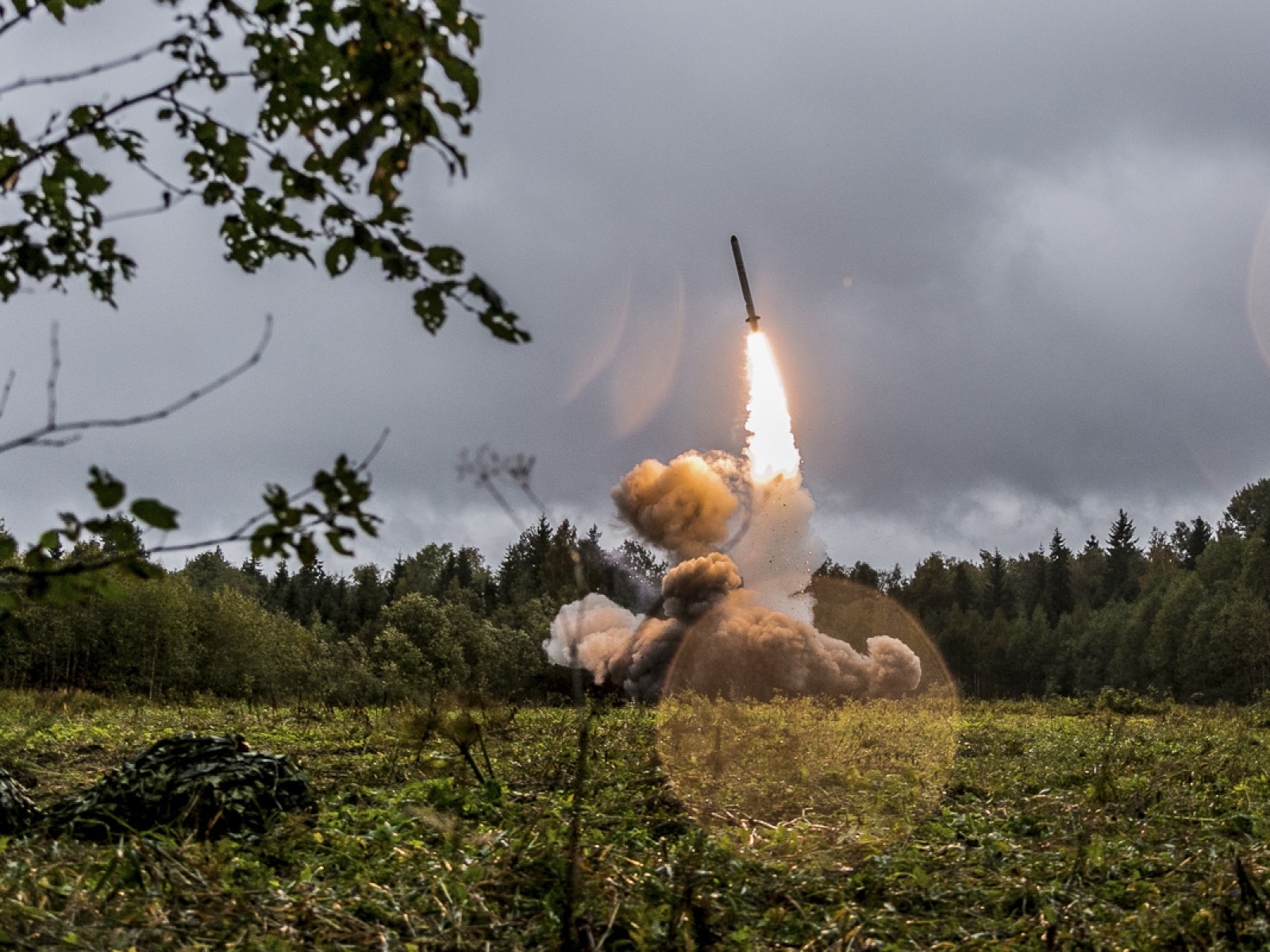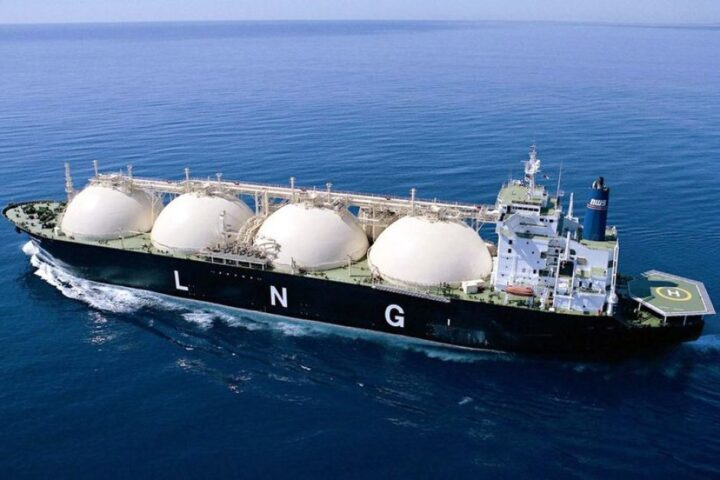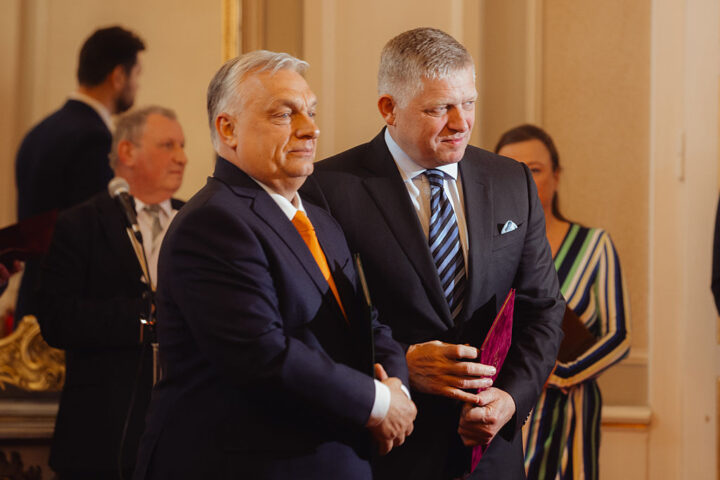On August 4, 2025, the Russian Foreign Ministry officially declared that Moscow no longer considers it appropriate to adhere to its self-imposed moratorium on the deployment of intermediate-range and shorter-range ground-based missiles. The move was framed as a response to what the Kremlin claims is the growing presence of U.S.-made land-based intermediate-range systems in Europe and the Indo-Pacific region. According to the ministry’s statement, the Russian government argues that the evolving military landscape has rendered prior restraint obsolete.
Moscow blames U.S. deployments, revives Cold War-era threats
The announcement marked a formal end to Russia’s compliance with limitations associated with the now-defunct 1987 Intermediate-Range Nuclear Forces Treaty (INF), which was terminated in 2019. Russian officials cite the alleged deployment of U.S. missile systems—including launchers in Romania and Poland, and broader regional moves in Asia—as justification. Moscow also characterizes American delivery platforms like HIMARS and M270 MLRS, currently in use by Ukraine, as potential INF-violating systems.
By abandoning the moratorium, Russia removes the last remaining restraint on developing and positioning missiles with ranges between 500 and 5,500 kilometers. These weapons, capable of delivering both conventional and nuclear warheads, significantly compress decision-making windows due to their flight times—typically under 15 minutes—raising the risk of miscalculation or preemptive strikes.
NATO capitals within reach of new Russian systems
Among Russia’s systems of concern are the modernized 9M729 cruise missile (NATO designation: SSC-8) and the RS-26 “Rubezh” ballistic missile. These weapons are believed capable of striking deep into NATO territory, including major European capitals. NATO has previously assessed that the range of the 9M729 exceeds 500 kilometers, possibly reaching up to 2,500 kilometers—well beyond the INF threshold, despite Moscow’s denials.
Notably, on November 21, 2024, a Russian missile of the “Oreshnik” class was used in a strike on the Ukrainian city of Dnipro, underscoring that Moscow is actively testing these platforms under combat conditions. The incident reinforced Western concerns that Russia is not only developing but operationalizing missile systems that violate post–Cold War arms control norms.
Erosion of arms control and rising risk of escalation
Russia’s unilateral abandonment of its INF-related commitments is widely viewed as a destabilizing move that further erodes the global arms control framework. The decision threatens to undermine other key agreements, such as the New START treaty, which remains the last major bilateral arms reduction accord between the U.S. and Russia and is set to expire in 2026.
Beyond legal and strategic implications, the deployment of such missile systems—especially those based near NATO borders or in conflict zones like Ukraine—poses direct risks to civilian populations. The potential for accidental or preemptive strikes, humanitarian crises, and refugee flows could intensify regional instability. States along Russia’s periphery, including Ukraine, the Baltic countries, and Poland, are particularly exposed to the growing threat environment.
Strategic pressure and international isolation
The Kremlin maintains that its move is a reaction to what it calls the “destabilizing missile potential of the West,” but this narrative is widely seen as a deflection of responsibility. By attempting to shift blame to NATO and the U.S., Moscow is deepening mistrust while further isolating itself on the international stage. Western governments are expected to interpret the new deployments as a direct challenge to European and global security, reinforcing defense postures and potentially accelerating an arms race.
The deployment of intermediate-range missile systems, including potential hypersonic platforms, is likely aimed at deterring countries that support Ukraine or cooperate with NATO. In doing so, Russia seeks to exert political pressure through the implicit threat of rapid-strike capabilities—raising the stakes for any future escalation.
Consequences for regional stability and global norms
Russia’s decision to revoke the missile deployment moratorium marks a critical inflection point. It reintroduces weapons once seen as too dangerous for a post–Cold War Europe and signals a willingness to abandon decades of arms control architecture. For neighboring states and the broader international community, this is not only a military development but a political signal: Moscow is prepared to raise the stakes, with little regard for the consequences.
As global tensions mount, the abandonment of arms control restraints by a major nuclear power represents a serious test of the international system’s ability to manage escalation, uphold legal norms, and prevent destabilizing arms races.












